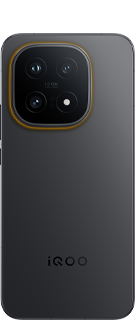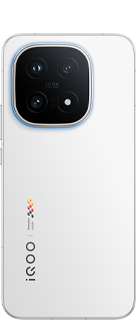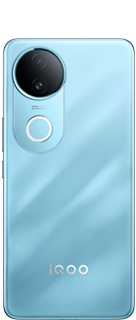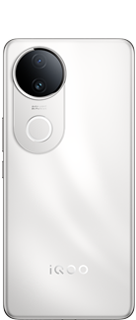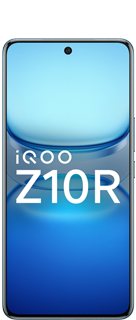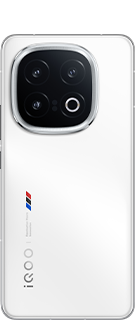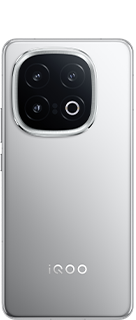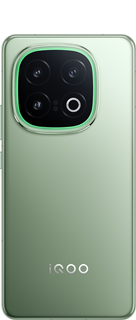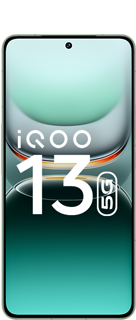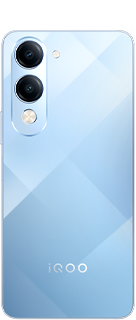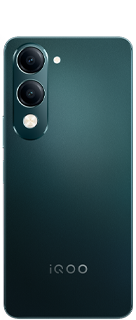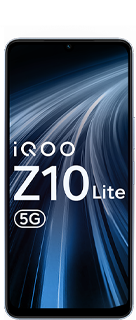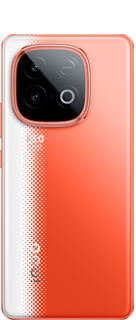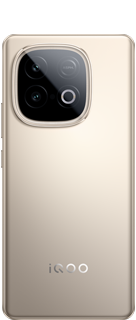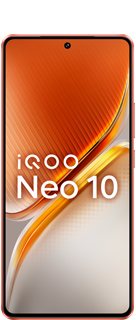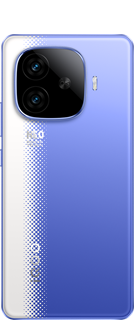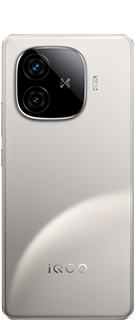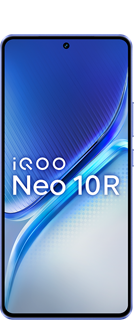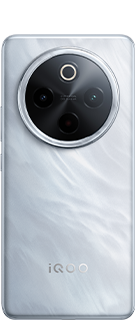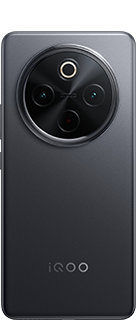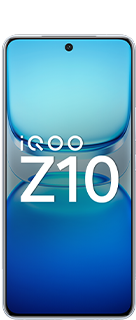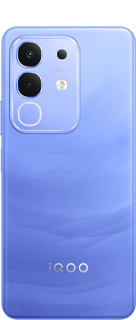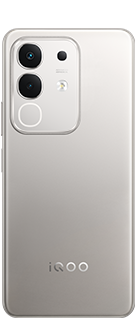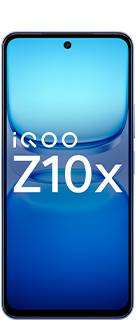Google Nano Banana vs OpenAI ChatGPT 5 : AI Image Generators Compared
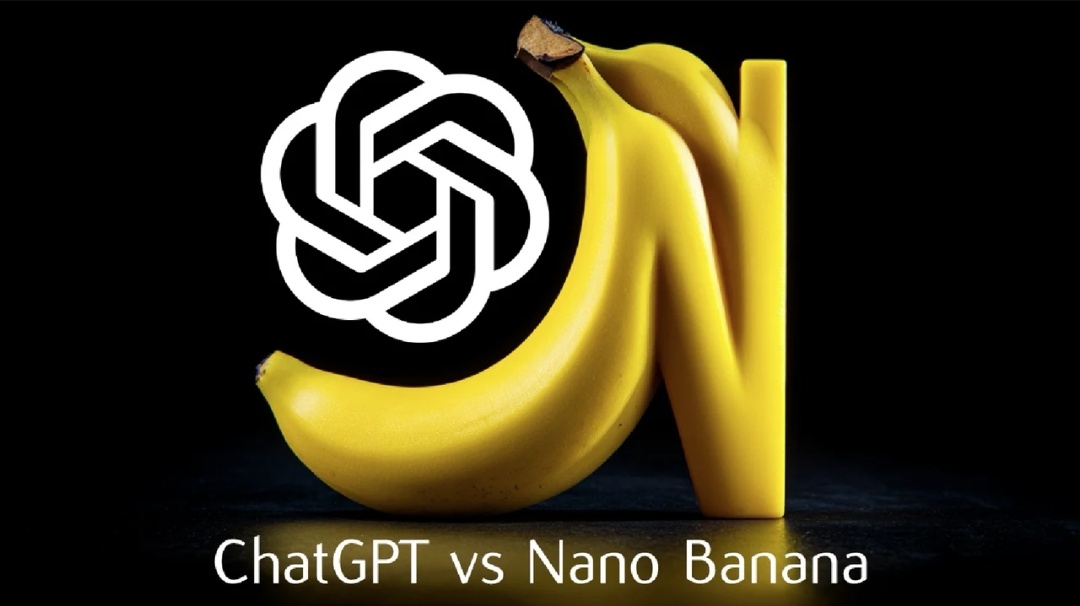
What happens when two of the most advanced AI image generation models go head-to-head? In one corner, we have Google’s intriguingly named Nano Banana, a model celebrated for its precision and creative prowess. In the other, OpenAI’s ChatGPT Image, a powerhouse in its own right but often criticized for its struggles with human realism and spatial logic. These tools represent the cutting edge of AI creativity, yet their differences spark a fascinating debate: can one truly outperform the other, or do their strengths serve entirely different purposes? This Nano Banana vs ChatGPT 5 comparison explores their capabilities, quirks, and limitations, offering a closer look at how they shape the future of digital creation.
By the end of this comparison, you’ll uncover which model excels in critical areas like contextual editing, human consistency, and creative composition. From Nano Banana’s seamless “flow editing” to ChatGPT Image’s attempts at balancing creativity with realism, each tool brings something unique to the table. But the question remains: which one aligns with your needs, whether you’re crafting lifelike portraits or surreal, multi-layered scenes? As we unpack their strengths and shortcomings, prepare to rethink how AI can redefine the boundaries of visual storytelling.
AI Image Generation Models
- Google’s Nano Banana excels in contextual editing with its “flow editing” feature, allowing seamless and precise modifications using natural language commands.
- The model maintains high human consistency, delivering lifelike and stable results, making it ideal for projects involving human subjects.
- Nano Banana demonstrates strong world knowledge and spatial logic, accurately positioning objects within scenes, though it occasionally struggles with complex physics.
- It stands out in creative compositions, effectively blending multiple prompts into cohesive and visually appealing outputs.
- Offering up to 100 free image generations daily, Nano Banana is an accessible and cost-effective tool for both casual and professional users.
What is Google Nano Banana?
Google’s Nano Banana is an advanced AI image generation model available through AI Studio. It offers users the ability to generate up to 100 images daily for free, making it an accessible option for both casual users and professionals. Designed with a focus on natural language-based editing and contextual understanding, Nano Banana addresses many of the limitations found in earlier-generation models. Its intuitive interface and robust capabilities make it a standout choice for tasks requiring precision and creativity.
How Do the Models Compare?
To determine which model excels in specific areas, it’s essential to analyze their performance across several critical dimensions.
Contextual Editing
Nano Banana’s “flow editing” feature is a standout capability, allowing users to make seamless modifications to images using natural language commands. For example, you can request changes to lighting, add objects, or adjust colors, and the model integrates these edits with logical consistency. This makes it particularly effective for tasks requiring precision and adaptability.
- ChatGPT Image: Handles straightforward edits competently but struggles with complex modifications, often resulting in distorted or unrealistic outputs.
- Flux: Frequently misinterprets prompts, leading to incoherent or inconsistent results, especially during intricate editing tasks.
Human Consistency
One of Nano Banana’s key strengths lies in its ability to maintain realistic human features during edits. Whether refining facial expressions or adjusting details in a portrait, the model consistently delivers lifelike and stable results. This makes it a reliable choice for projects involving human subjects.
- ChatGPT Image: Often generates outputs that fall into the “uncanny valley,” with distorted or inconsistent human features.
- Flux: Performs moderately well but lacks the precision needed for high-quality human representations.
World Knowledge and Physics
Nano Banana demonstrates a strong understanding of object relationships and contextual physics. It can accurately position objects within a scene while considering spatial relationships and logical interactions. However, it occasionally struggles with representing weight and volume realistically, particularly in complex scenarios.
- ChatGPT Image: Frequently produces outputs where objects interact in physically implausible ways, undermining the realism of the scene.
- Flux: Shows significant limitations in understanding spatial logic and object interactions, often leading to unrealistic compositions.
Creative Compositions
Nano Banana excels at blending multiple prompts into cohesive and visually appealing outputs. For instance, it can combine elements from different scenes while maintaining a logical and aesthetic flow. This capability makes it a valuable tool for users seeking to create complex, multi-layered images.
- GPT Image: Demonstrates creativity but often lacks consistency, resulting in outputs that feel disjointed or incomplete.
- Flux: Struggles to interpret prompts accurately, frequently producing outputs that fail to meet user expectations.
Nano Banana vs ChatGPT 5
What Makes Nano Banana Stand Out?
Nano Banana’s strengths make it a compelling choice for a wide range of users. Key features include:
- High Consistency: Maintains logical coherence and human-like details across edits, making sure reliable results.
- Contextual Understanding: Excels at interpreting and executing natural language commands, making it user-friendly and efficient.
- Accessibility: Offers up to 100 free image generations daily, providing a cost-effective solution for both casual and professional users.
These attributes position Nano Banana as a versatile and reliable tool for tasks requiring both precision and creativity.
Where Do the Models Fall Short?
While each model offers unique advantages, they also have their limitations:
- Nano Banana: Occasionally struggles with framing issues and minor inconsistencies in object interactions, particularly in complex scenes.
- ChatGPT : Faces challenges with maintaining human facial consistency and often produces outputs that fall into the uncanny valley.
- Flux: Underperforms in tasks requiring advanced prompt comprehension and spatial reasoning, limiting its utility for complex projects.
Understanding these limitations can help users make informed decisions when selecting the right model for their needs.
Final Thoughts on Choosing the Right Model
In the competitive landscape of AI image generation, Google’s Nano Banana emerges as a strong contender. Its ability to deliver consistent, contextually accurate, and creative outputs makes it a top choice for users seeking reliable performance. While OpenAI’s GPT Image and Flux have their merits, Nano Banana’s superior capabilities in contextual editing, human consistency, and creative composition set it apart. Whether you’re a professional designer or a casual user exploring AI tools, Nano Banana offers a balanced combination of accessibility, precision, and advanced functionality.
Quester
Please sign in
Login and share
